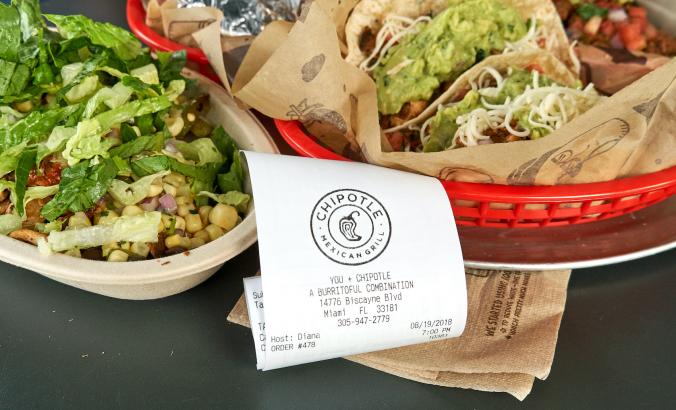I’m going to try to make sense of this tumultuous year, starting with three trends from the past 12 months that I see as key to the immediate future of food.
1. An insane year for alternative proteins
这一趋势:By Dec. 1, venture capitalists invested a whopping $1.5 billion in alternative proteins during 2020, according to the latest data from theGood Food Institute. That money — close to double the 2019 total — is making the industry increasingly visible. At the start of the year, the Impossible Burger was available in around 150 stores — now you can find it in more than 15,000. Newer alt proteins are also coming. Just last week, Singapore became thefirst country to approve the sale of lab-grown meat. And while the field may not need further incentives, it got one anyway: This week, the XPRIZE Foundation announced a new$15 million competition focused on chicken and fish alternatives.
The twist:Moving fast means breaking things. I see two bumps in the road. First, alternatives have a tiny market share because animal meat is cheap and, for now, tastes better. Consumption of animal products should and will decrease, but many alt protein brands and startups will disappear before that happens. The second challenge was summed up by theFrench ag minister’s response to the news from Singapore: “Meat comes from life, not from laboratories. Count on me so that in France, meat remains natural and never artificial!” I’d bet on seeing more of a backlash against alt proteins. The question is whether it will dent the industry’s trajectory.
My take:The minister should visit aconcentrated animal feeding operationand explain why he describes what happens there as "natural."
2. How committed is your company?
这一趋势:Where do we start? How about June, whenUnilever committed to zeroing-out emissions from all its products by 2039? Or last week, when Nestlé, the world’s largest food company, said it would spend$3.6 billion over the next five yearsas it moves toward a 2050 net-zero target? Or back in March at Horizon Organic, a U.S. dairy brand thatcommitted to going carbon-negative by 2025? Those are just the first three that come to mind in a bumper year for target-setting.
The twist:What’s the rest of the industry doing? Far less, in many cases. When experts at CDP, a nonprofit that tracks sustainability commitments, surveyed479 food and ag companies, only 75 reported having emissions commitments in line with the Paris Agreement. The situation is worse for deforestation. Around half of companies that source soy told CDP that they can track their purchases to the country of origin and no further. This means that when it comes to Brazil and other forest nations, most food companies are blind as to whether their soy comes from newly cleared land.
My take:I’m going for glass half-full, at least on emissions. The industry is way behind where it should be, but every company that sets a meaningful target heaps a little more pressure on those that haven’t.
3. The rush for regenerative ag
这一趋势:Another area where a flood of new initiatives in 2020 made it challenging to keep up. Big industry names such asBayerandCargillsaid they would help farmers transition to regenerative methods, and big names from the wider corporate world — JPMorgan Chase and IBM, for instance —买了一些第一碳信用额from Indigo Carbon, an soil offsets marketplace. Nori, an Indigo competitor,收美元4 million funding round. Another disruptive company, Farmers Business Network, launched a service designed to helpfarmers earn a premium from regeneratively farmed grain. Again, those are just the first examples that come to mind.
The twist:No one disputes that these efforts will be good for soil health. But do regenerative methods sequester as much carbon as advocates claim? Some prominent experts think not. In May, the World Resources Institute warned of regenerative ag’s "limited potential to mitigate climate change." If so, should we be building an offsets market around soil credits? Again, experts have doubts: One important step toward such a market, the creation of a protocol for soil carbon offsets, was the subject ofmulti-pronged criticism.
My take:If I’m honest, this worries the hell out of me. Imagine the PR storm if a big company shrinks its carbon footprint using credits that later come under attack in the media. The ensuing controversy could do huge damage to efforts to pay farmers to store carbon in soils.
That’s it for part one of my 2020 roundup. Look for more of my reflections (and maybe some predictions) before the end of December.
This article was adapted from the GreenBiz Food Weekly newsletter.Sign up hereto receive your own free subscription.





